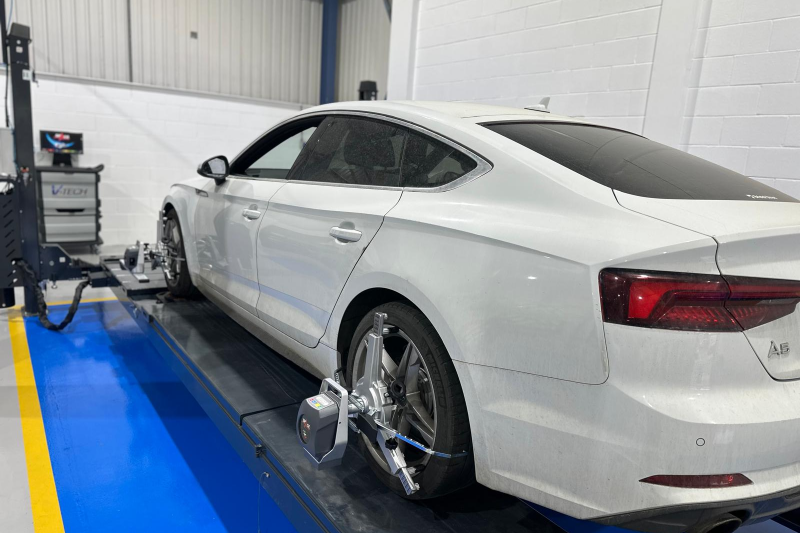We use cookies to make your experience better. To comply with the new e-Privacy directive, we need to ask for your consent to set the cookies. Read our Privacy and Cookie Policy.

Wheel alignment has moved a long way from string lines and spirit levels. Today’s workshops rely on digital cameras, intelligent software and guided workflows to deliver fast, repeatable results. Here’s how we got from analogue tools to modern systems—and why it matters for your bay.
Early “tracking” methods
Traditional methods relied on basic gauges and manual measurements. They taught fundamentals, but accuracy depended on the technician’s skill and the environment. If you’re still using an older tracking machine, you’ll recognise the limitations: slower setup, more scope for human error and fewer documentation options for customers.
The rise of digital wheel alignment equipment
Digitisation brought consistent measurements, guided setup and on-screen prompts. Modern wheel alignment equipment standardises processes so outcomes don’t depend on one expert tech being on shift. It also speeds training, reduces comebacks and captures printable reports customers can trust.
Camera systems and 3D imaging
Current systems use multiple cameras or 3D imaging to read targets on each wheel. The software compares live readings to OEM data, flags out-of-spec angles and guides adjustments step by step. Investing in a modern wheel alignment machine increases accuracy and cuts setup time, especially on vehicles with advanced driver assistance systems where precision is critical.
Why upgrading your workshop matters
- Speed & throughput: Faster measurements mean more billed hours per bay.
- Repeatability: Consistent results across the team reduce rework.
- Customer trust: Clear before/after printouts help sell corrective work.
- Future-proofing: New vehicles and wheel sizes demand modern hardware and software.
For busy workshops, a capable automotive alignment machine pays back through fewer comebacks and higher first-time-right rates.
FAQs
Do I need to replace my older gear if it still “works”?
If you’re seeing inconsistent results, long setup times or difficulty handling modern wheel sizes, upgrading your wheel alignment machine can unlock significant time savings and accuracy gains.
What about staff training?
Modern software guides make it easier to onboard new techs and maintain standards across shifts.
What’s the difference between a tracking machine and a digital alignment machine?
A traditional tracking machine relies on manual gauges and technician skill. A digital automotive alignment machine uses cameras and software for faster, more accurate results with clear customer printouts.
Next step: Explore the latest wheel alignment equipment to streamline alignment checks and documentation.



